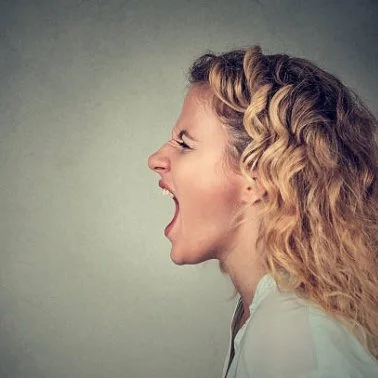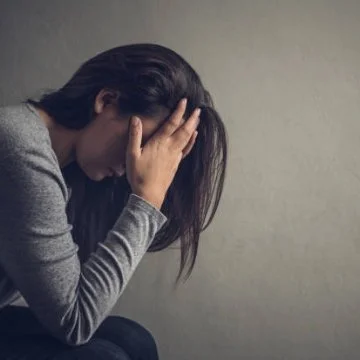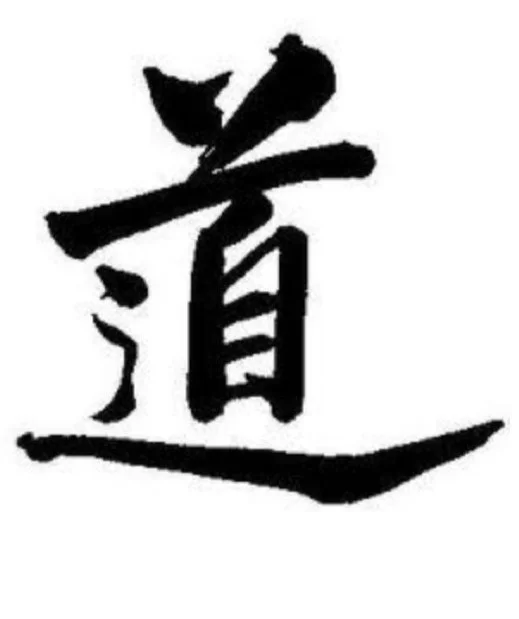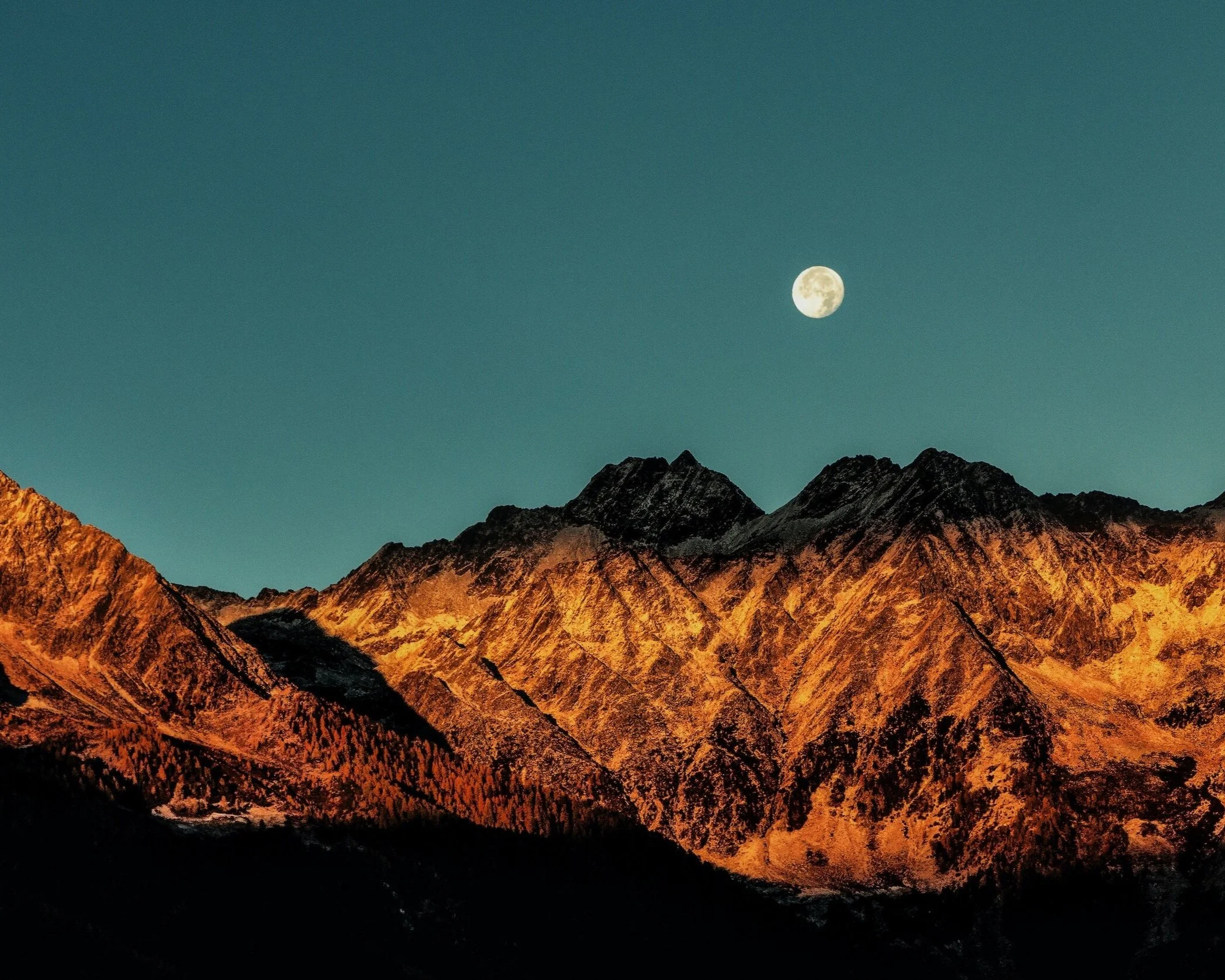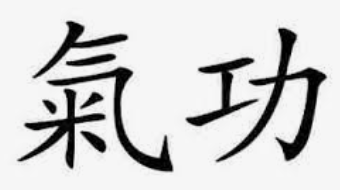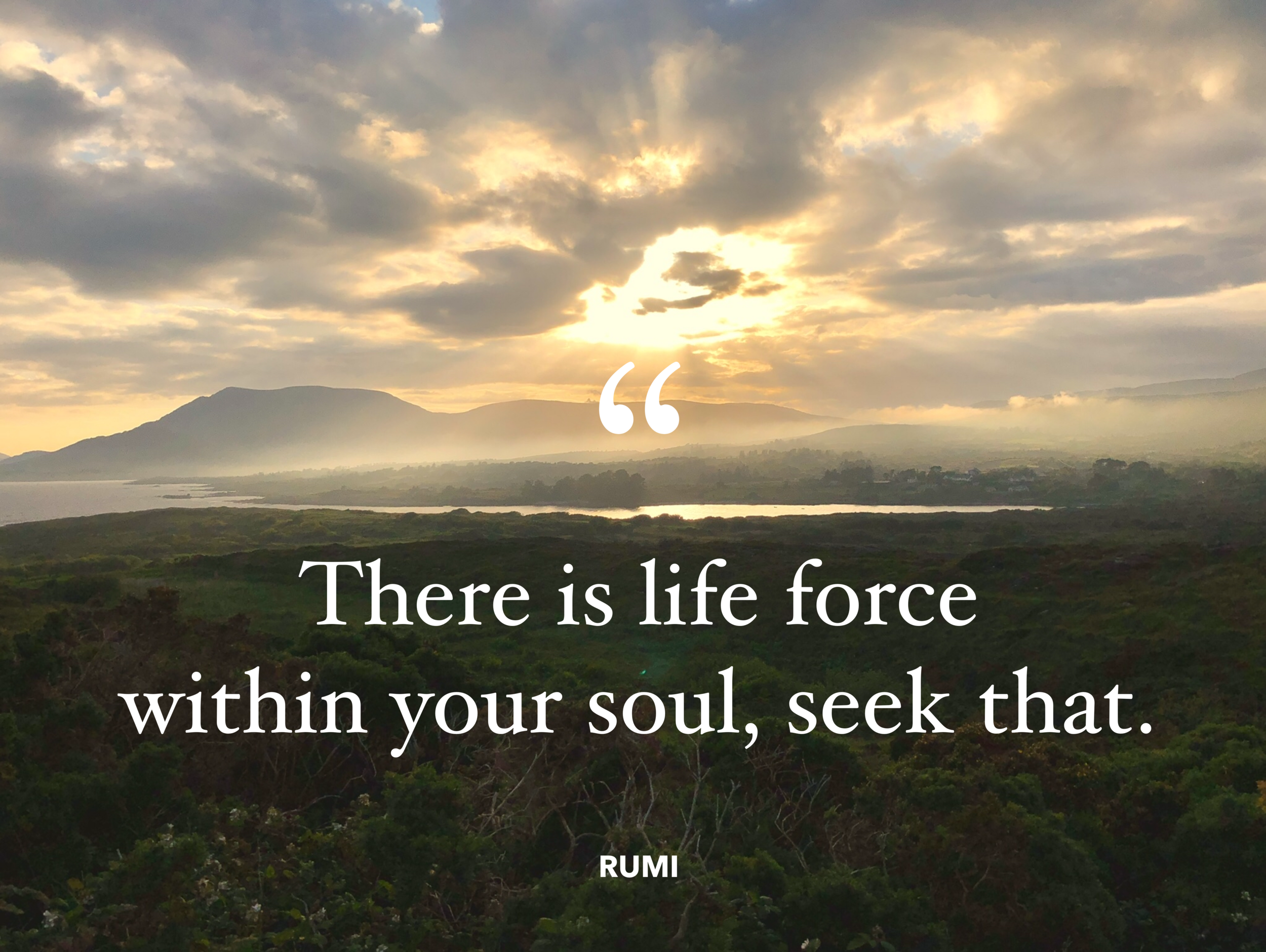Each season has a unique vibrational frequency – energy encoded information that moves in waves, circulating in and around all that is.
Spring energy has a vigorous, exuberant frequency and is represented by the Wood Element. In nature, we can easily recognize the forceful manifestation of new growth – a tree bud bursting free of its husk, a dandelion splitting the sidewalk in search of the sun. Energetically, the Wood Element grants us the power of birth — new beginnings, growth, breaking through boundaries and surging forward.
Within the body’s meridian system, Liver and Gallbladder are the Wood Officials. The Liver Official is considered the grand architect, who creates the vision and sets the plan. Liver’s partner, the Gallbladder Official, organizes, coordinates and provides wise judgment for carrying the plan forward and ultimately, achieving the vision. From the most miniscule adjustments and decisions (even unconscious) to our highest conscious aspirations, the Gallbladder Official is always active.
From the mental perspective, we are also continually assessing and planning – for the next hour, day, year and perhaps, lifetime. When the Wood Officials are balanced, we easily organize our lives to achieve goals, give birth to, plan and achieve new objectives and ultimately, live out our vision. The power of reason and logic are contingent on healthy Wood energy, as the Liver and Gallbladder enable us to "see" with the minds-eye ("I see what you mean"). Similarly, the Wood Officials provide the contingency plan – the ability to “see” from other points of view, to adapt according to shifting circumstances. Thus, we can deal with obstacles without losing sight of our goal (vision).
Without such flexibility, we can become close-minded, prejudiced, frustrated or outright angry. What was once "my" plan becomes "the" plan, to which everyone must abide.
From the opposing extreme, an elemental Wood imbalance can manifest as an inability to self-assert, where we cave to others’ opinions or too readily surrender our vision.
Physically, even the simple act of standing is the direct result of continuous adjustments – decisions about when and where to shift weight and which muscles to contract or relax to achieve and maintain balance. Likewise, constant decisions are happening within the deepest levels of the physical body. From digestion to respiration and circulation, intercellular exchange and all other microfunctions, all tasks are being carried out (Gallbladder) according to the master plan (Liver). And just as imbalances can materialize on the mental level, they also manifest physically – resulting in malabsorption, poor detoxification and toxic build-up (think brain-fog, fatigue, gas and bloating, weight gain, hormonal imbalances and skin rashes and blemishes).
The Way of the Universe
The Chinese symbol for Tao translates into "path", ”method”, “principle” and "way".
When we recall the Five Element Theory emerged from Taoism, it can be helpful to review the basic premises.
Classical Taoist (Daoist) philosophy is believed to have been devised during the 5th-4th centuries BCE. Classical (philosophical) Taoism grew out of observations of the natural world and ancient shamanic practices. It was distinguished from religious Taoism – with philosophical Taoism emphasizing living life in accordance with the Tao. For the order and harmony of nature, Taoist philosophers alleged, were far more stable and enduring than the power of state or institutions constructed by humans.
The philosophy of Tao signifies the fundamental or true nature of the world —
Tao both precedes and encompasses all of existence and is an essential, unnamable process of the universe
Analogies occur between all of existence. The universe, cosmos, earth and humankind are analogically aligned – they are equal in detail and are equal parts of an interconnected whole
The flow of ‘chi’ (qi) energy, is the essential energy of all living things, actions and existence, and is believed to be the influence that keeps the universal order of Tao balanced
Nothing is fixed, static or unmoving, as everything is constantly transforming
When we return to the Tao, we return to the interconnected whole and unity within ourselves, and within the natural world.
Acupressure + Qi Practice
Touch activates the path and intent directs the energy flow.
As we move more deeply into Spring, we are encompassed in a surge of naturally occurring Wood energy. Given the vibrational transit is from yin to yang energy, the Spring transition is often more palpable than yang to yang or yin to yin transits — and we can leverage acupressure and Qi Gong practices to align with the incoming seasonal frequency. In doing so, we support a more easeful adjustment within the full complex of body-mind-spirit.
The Centre of Wellness
Elemental Wood Source Points
Meridians, and their acupressure points, have two basic functions: —circulate and distribute energy to organs, glands, the brain, limbs, bones and tissues of the body, and —send warning signals to the brain when an organ is compromised or an area of the body (over which a meridian passes) is injured.
Acupressure points uniquely support their ‘parent’ meridian and consequently, the associated organ. Meridians have a variety of points, including a single Source Point. Each Source Point is a special acupoint that is indicated when a specific meridian or organ appears under-energized, sluggish or stressed, or when we are striving to establish and hold homeostasis or balance (seasonal transitions). Source Points help us reconnect with our Original Qi, the deep reservoir of energy we are born with. Source Points are simple to work with, as they bring just the right amount of energy from deep within the Elemental Official (in this case, Liver and Gallbladder) to strengthen, harmonize and balance the associated meridian and organ.
Taoism does not identify human will as the root problem. Rather, it asserts that we must place our intention and action on living in harmony with the natural universe. By understanding the Tao, we may gain knowledge of the ourselves, and by understanding ourselves, we may gain knowledge of the Tao.
Given all things (including humankind) are microcosms of the Universe (analogies) — to which all natural laws such as the Five Element Theory, Feng Shui and Yin/Yang philosophy apply — when we support balance and transform blocked energy within our individual systems, we support balance and transformation within the collective, and vice versa.
“Humans model themselves on earth,
Earth on heaven,
Heaven on the Way,
And the way on that which is naturally so.”


